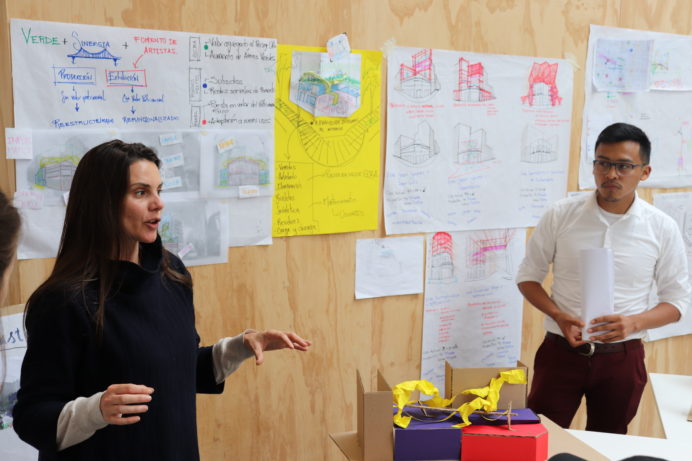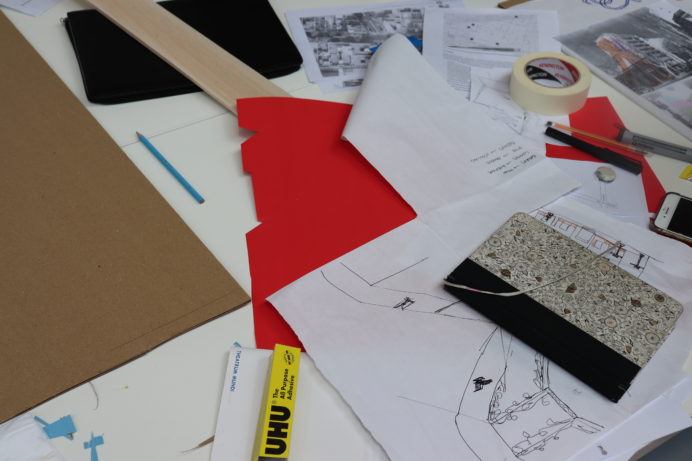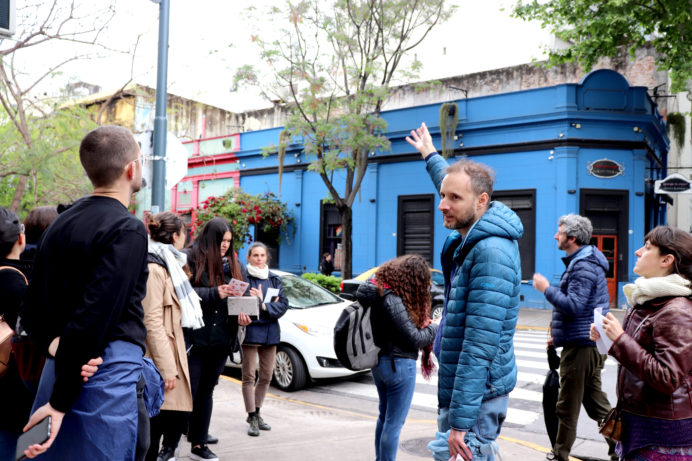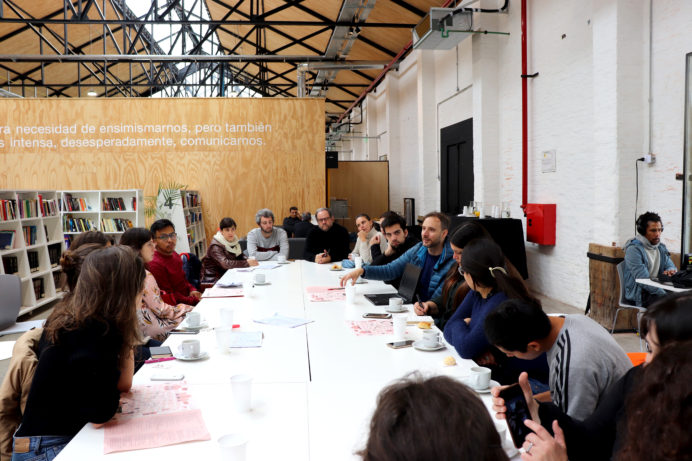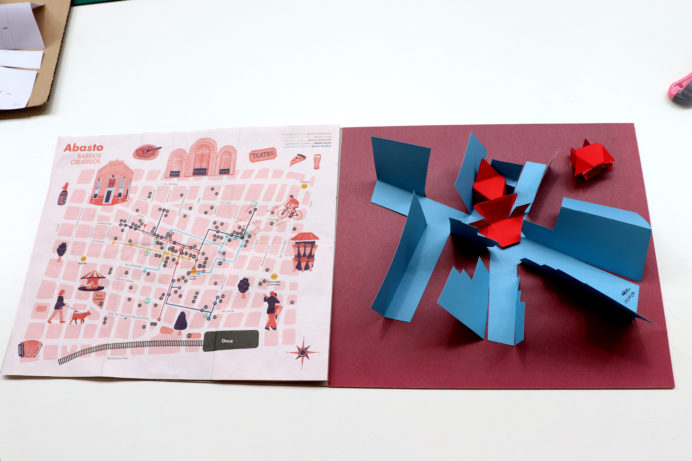Designing the Urban Backstage: Buenos Aires
Theatrum Mundi is leading a workshop with the city’s Cultura BA team, looking at how it Urban Backstages project could act as a provocation to explore how cultural infrastructure can be developed in Abasto.
Architect and curator Silvana Osejevich is invited to present Panal 361, a multidisciplinary space for artists, designers and makers and an example of the neighbourhood’s existing cultural infrastructure. Architects from the city government and local students took part. The workshop focuses on five sites in the neighbourhood of Abasto where the spaces above single-story corner plots has become a possible opportunity for cultural development in the area, culminating in a propositional design charrette to explore ideas for their reanimation based on our ideas of productive infrastructure.
The Task
Groups of four choose one site and develop proposals for how it could operate as part of Abasto’s “backstage”. See the full brief here.
The format of the output is not fixed and ideas were presented as sketches, plans, strategy diagrams or even policy recommendations. As a provocation we asked participants to consider the following questions
- What are the organizational and management structures that govern the space?
- How does the space communicate itself publically – or does it need to at all?
- What networks, supply chains support the space or is a support system in itself?
- Does the space support production and if so what types? What are the spatial considerations for these practices – consider lighting, noise, mess, heavy machinery, storage, security?
- How does the space fund itself – how is it sustainable?
- What is designed, and by whom? What is left to users to complete or adapt?
- What is the connection with existing activities in the area? Is it part of the support network for these, or part of global networks?
- Should it be for different production processes – food, performance, objects, media etc – or single-use? How are different infrastructural needs for these processes combined?
- Should it become a landmark, how and why? Is it part of constructing the area’s image or does it resist being used as part of place-branding?
The outcomes will be published as part of a wider report reflecting on our research from the city.
Workshop organized by Andrea Cetrulo
